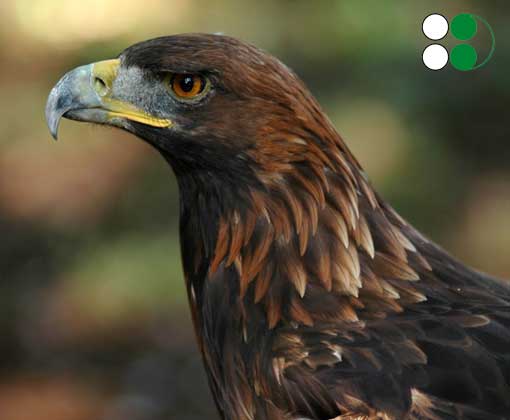PRODUCTIONS: SLEEPING BEAUTIES
(Serie: Animal Files)
DIRECTOR
PRODUCER
DURATION
VERSIONS
FORMAT
Carlo & Lodovico Prola
Ditta Prola
26'

SD Digibeta 4:3

Alone or in company, all animals sleep, even though length and intensity of sleep greatly varies from species to species. As for sleep time, everyone has their own preferences: some like to sleep alone, others prefer sleeping in company. The bear is a solitary sleeper and reacts very badly when someone dares to bother it. Other animals have much more sociable dispositions: many birds which spend their day in solitude, gather in large dormitories to spend the night.
For many invertebrates like beetles, butterflies and many other insects, the temporary “resting”, or sleep time, is almost absent and the animal remains conscious of the outside world. On the other hand, the organisms with a nervous system directed by one large neuron mass, a true brain, switch off their “conscious” control centre of activity, reducing or almost blanking out the flow of stimuli from the outside world.
For some of them, sleep helps save energy: besides being a physiological need, sleep is an adaptive response to the environment an ideal solution to survive in situations characterized by a negative factor like extreme cold or drought. Some others have developed a special type of sleep which involves only half the brain at a time: while one hemisphere rests, the other is on the alert to maintain vital functions and detect obstacles. Some can sleep at an altitude of 11,000 metres. Some others hold the record of all sleepyheads.


